Webinar Summary
The following summary is auto-generated from the webinar recording.
Welcome everyone! Today, we're diving into the challenges many face while scaling IoT products across various connectivity options and ensuring that the cloud scales alongside them. It's easy to showcase a single device sending data to a cloud endpoint, but what happens when multiple devices come into play, each potentially using different connectivity methods like Cellular, LoRa, or Wi-Fi? Let's explore how to manage this complexity effectively.
Understanding Wireless Harmonization
A significant part of our mission at Blues revolves around the concept of wireless harmonization. This means choosing the right radio for your product based on deployment needs rather than being constrained by the choices made during development. Imagine starting with a prototype on Wi-Fi; when it's time to deploy, you should be able to decide between Cellular, Wi-Fi, LoRa, or even Satellite based on the specific requirements of the deployment location.
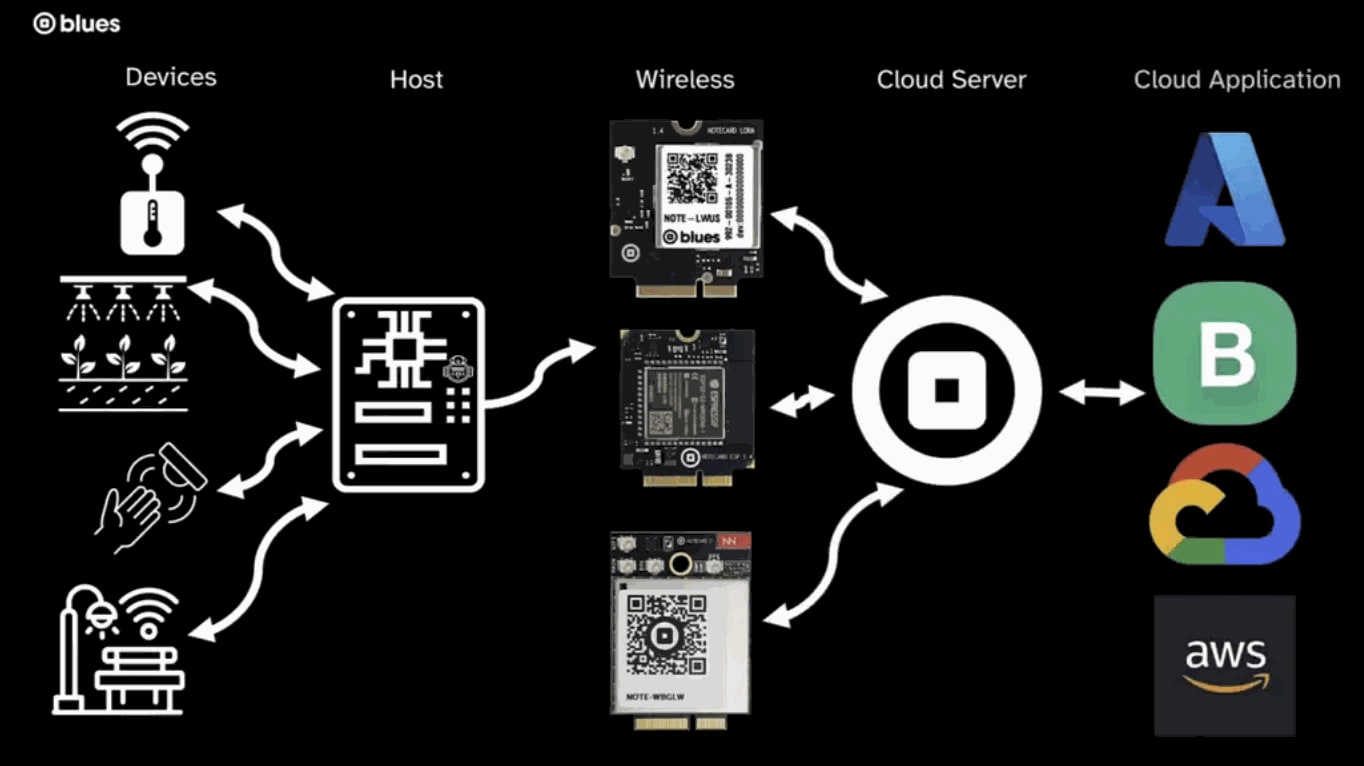
Introducing Blues
Blues provides an end-to-end communication channel that starts from your device to the Notecard, which supports Cellular, Wi-Fi, or LoRa connectivity. Our goal is to simplify complex workflows while offering customization for developers. Think of Blues as your infrastructure for wireless IoT, enabling secure and efficient bidirectional data syncing between your cloud and devices.
Exploring the Notecard
Each Notecard shares the same developer APIs, allowing you to write a single set of firmware for different radios. This means you can deploy across various connectivity methods without rewriting your code. The Notecards also share a uniform physical footprint, making it easy to swap them out based on your needs. We offer a range of Notecards, including options for Cellular only, Wi-Fi only, and LoRa only, along with combinations of these technologies.
Live Demo: Connected Refrigerators
Now, let’s showcase a practical demonstration using a fleet of refrigerators, each equipped with different connectivity methods. All devices run the same firmware, differing only in their connectivity options. This allows us to illustrate how easy it is to manage multiple devices and their data flows.
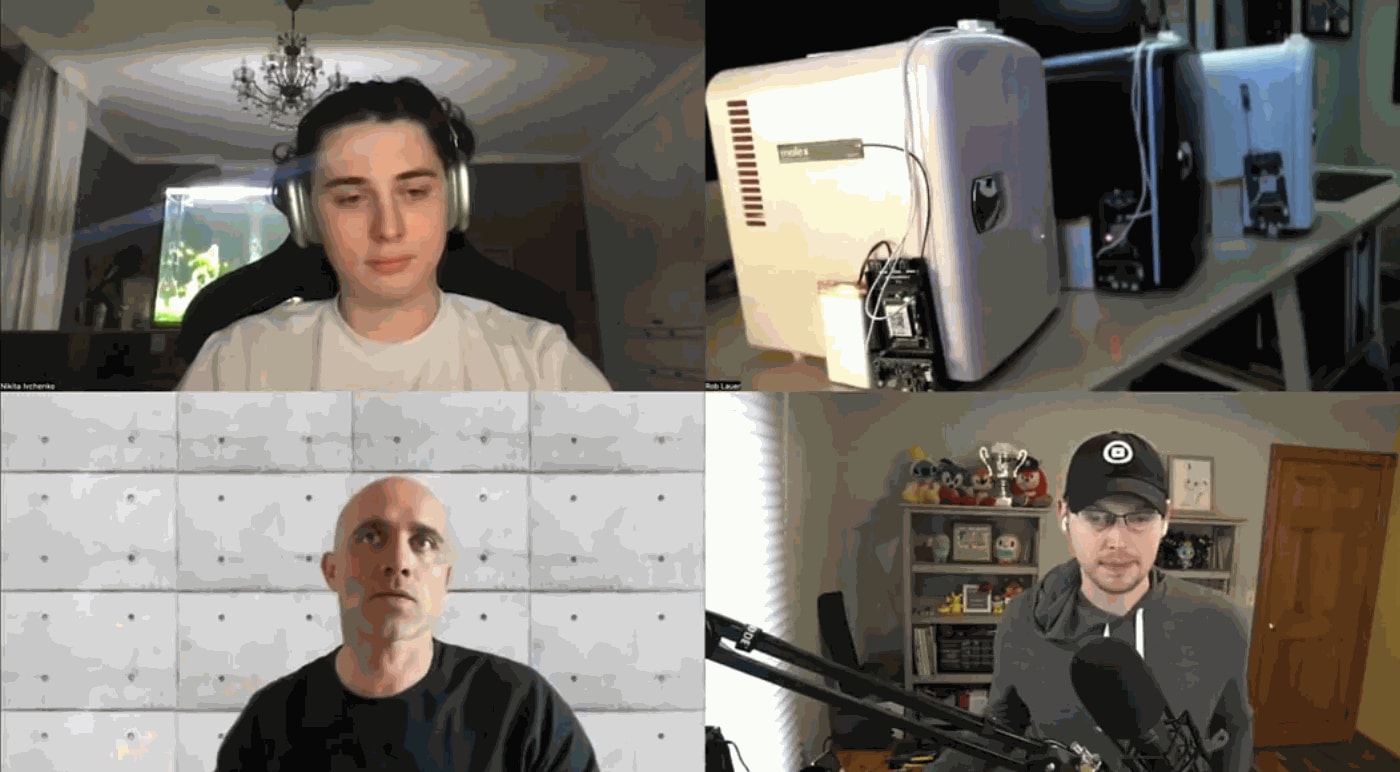
Firmware Highlights
Using our Note Arduino SDK, we can easily write Arduino C code to manage these devices. For instance, we can set Wi-Fi credentials, create templates for efficient data storage, and check the status of the refrigerator doors using a magnetic reed switch. This straightforward setup allows us to sync sensor data with the cloud at defined intervals.

Bidirectional Communication
One of the key features we want to highlight is the bidirectional communication capabilities available with the Notecard and Blynk. We can adjust the data collection cadence remotely without needing to reprogram the devices physically.
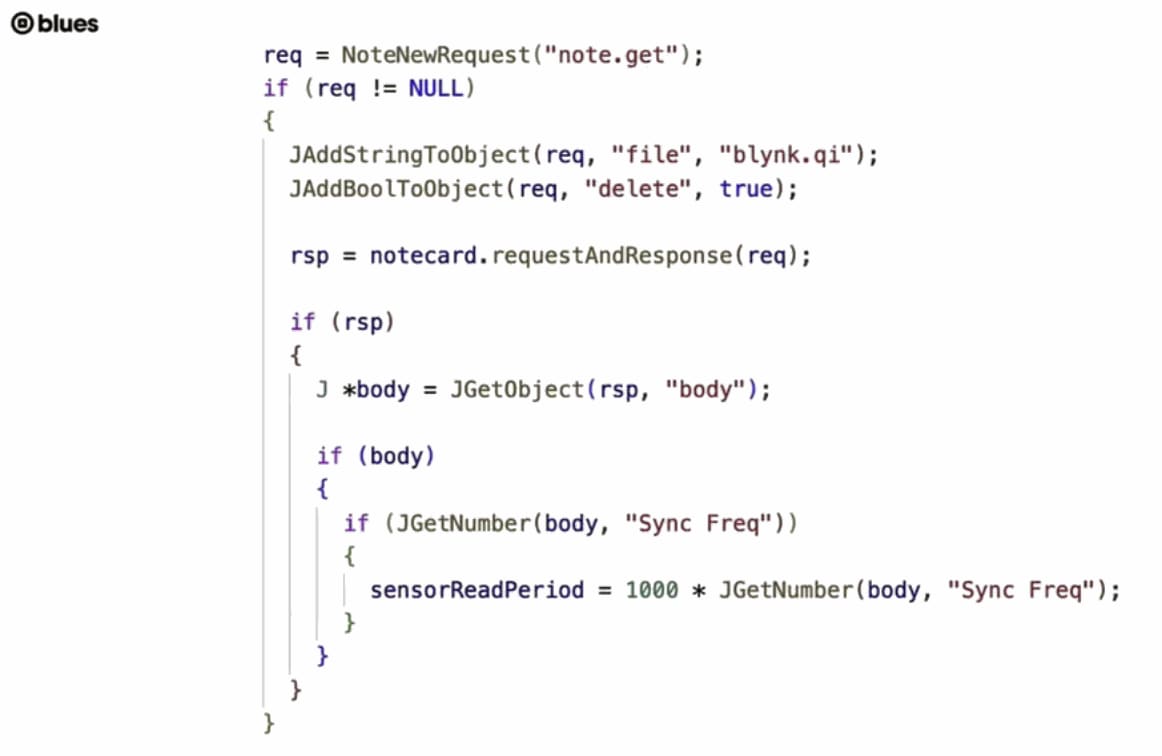
Transitioning to Blynk
Now that we’ve seen the hardware and firmware side, let’s turn our attention to the Blynk platform. Blynk enables users to build low-code dashboards and mobile applications for real-time control and data insights. Pablo and Nikita will walk us through how to leverage Blynk's features effectively.
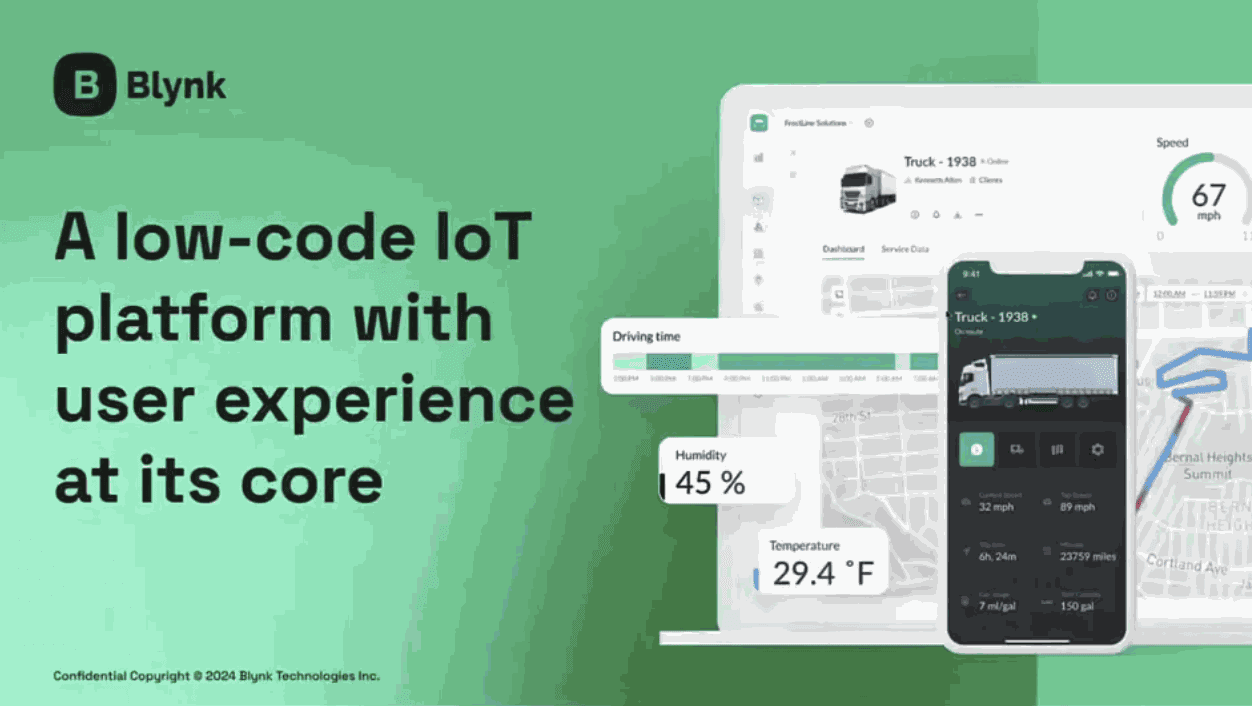
Core Concepts of Blynk
In Blynk, devices are organized by templates, which group devices of the same type to share configurations and dashboards. This approach allows for streamlined management and scalability. Once you connect Blynk to your Note Hub project, you can map your Note Hub product to a Blynk template, simplifying the integration process.
Device Provisioning with Static Tokens
To enhance scalability, Blynk introduces static tokens, which allow you to create a QR code for each device. This QR code can be scanned by customers to automatically provision their devices in both Blynk and Blues, eliminating manual setup steps. This feature is especially useful when deploying large fleets of devices.
Real-Time Dashboard Management
Blynk’s dashboard provides real-time updates on device status. As we demonstrated with the refrigerators, users can see alerts and manage device settings directly from the dashboard, allowing for a seamless user experience.
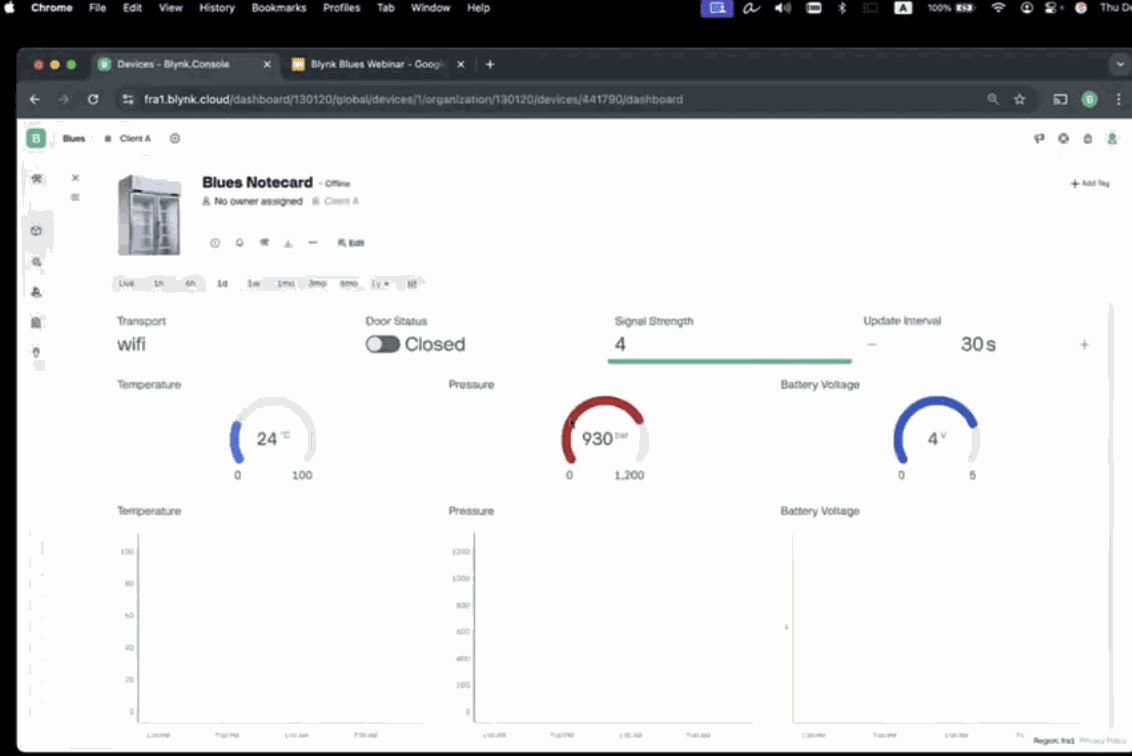
Customizable User Experience
One of the standout features of Blynk is the ability to customize the user experience extensively. Users can create unique dashboards, manage alerts, and even automate responses based on device data. This flexibility is crucial for projects that require tailored user interactions.
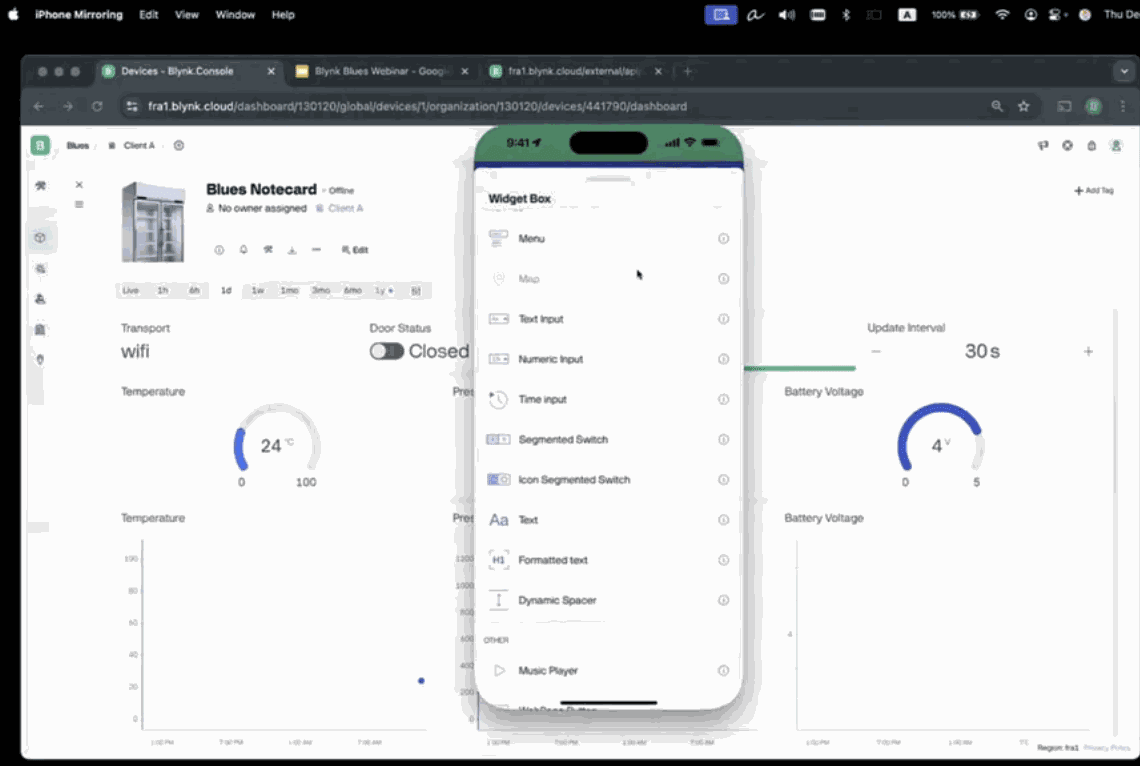
Automation Features
Blynk also allows for automation based on device states, enabling users to set up scenarios where actions are triggered based on specific conditions. For example, if a door remains open for too long, the system can send alerts or even trigger other devices to take action, such as shutting off a valve.
Conclusion and Resources
As we wrap up, we encourage you to explore the seamless integration between Blues and Blynk to simplify your IoT deployments. For those interested in diving deeper, check out the demo apps documented on Hackster, or get started with the Blues starter kit. And for Blynk, head to their website at Blynk.io to create your account and start building!
